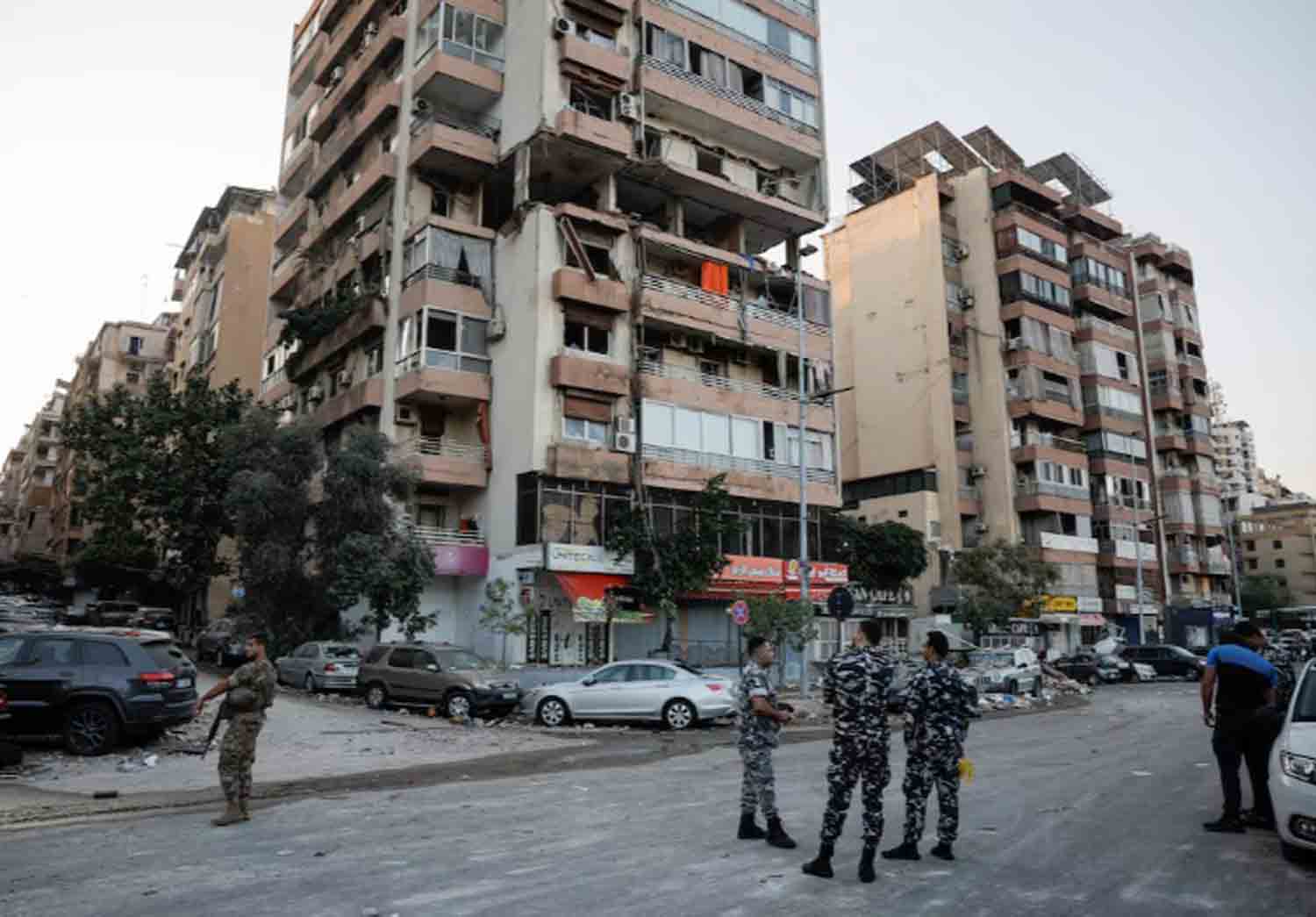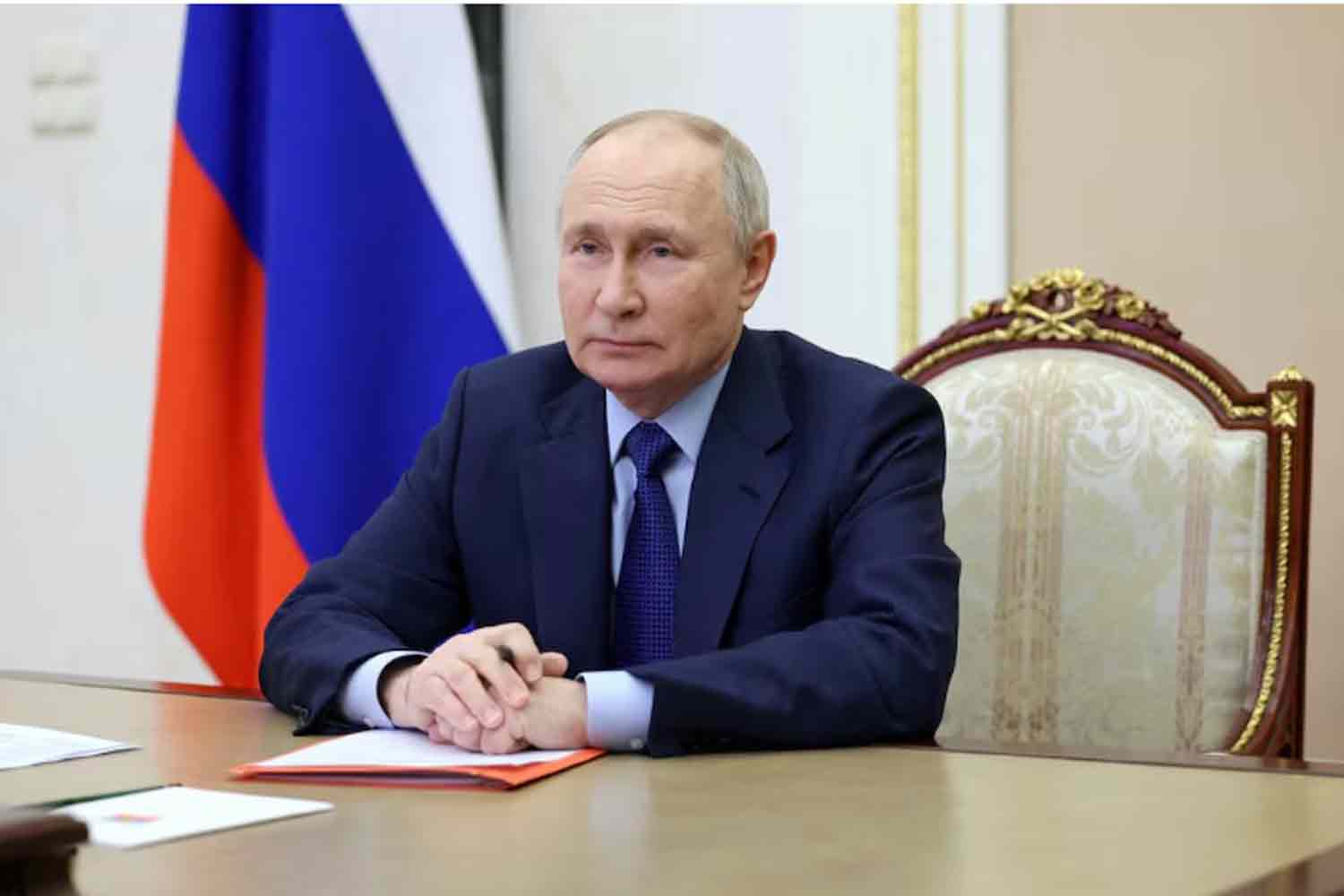Israel has been involved in border conflicts with Lebanon’s Iran-supported Hezbollah for a year, coinciding with the ongoing situation in Gaza. The country has a longstanding record of military operations and invasions in Lebanon. Following the assassination of Hezbollah leader Hassan Nasrallah in recent airstrikes in Beirut, Israel has signaled its intention to launch a comprehensive invasion of Lebanon to secure the border area for its citizens who have been displaced by the violence.
Here is an overview of Israel’s military actions in Lebanon:
1948
Lebanon joins other Arab nations in opposing the newly established state of Israel. Approximately 100,000 Palestinians, who either fled or were expelled from British-controlled Palestine during the conflict, seek refuge in Lebanon. An armistice is reached between Lebanon and Israel in 1949.
1968
In retaliation for an attack on an Israeli airliner by Palestinian militants, Israeli commandos destroy several passenger planes at Beirut airport. The Palestine Liberation Organization (PLO) moves to Lebanon two years later after being expelled from Jordan, resulting in increased cross-border tensions.
1973
Israeli special forces, disguised, kill three Palestinian guerrilla leaders in Beirut as revenge for the murder of Israeli athletes during the 1972 Munich Olympics. Throughout the 1970s, Palestinian guerrilla attacks on Israel and subsequent Israeli military responses in Lebanon escalate, prompting many Lebanese to flee the southern region and exacerbating sectarian strife as civil war looms.
1978
Israel conducts an invasion of southern Lebanon, establishing a limited occupation zone in response to a militant attack near Tel Aviv targeting Palestinian guerrillas. The Israeli military supports a local Christian militia known as the South Lebanon Army (SLA).
1982
Israel escalates its military campaign by invading Lebanon up to Beirut, following a series of retaliatory border exchanges. After a protracted and violent 10-week siege characterized by intense Israeli bombardment of West Beirut, thousands of Palestinian fighters are evacuated by sea. Tragically, hundreds of civilians in the Palestinian refugee camps of Sabra and Shatila are killed by Christian militias, who were permitted entry by Israeli forces after the assassination of Lebanon’s newly elected Maronite Catholic president via a car bomb. In response to the invasion, Iran’s Revolutionary Guards form the Shi’ite Muslim militant group Hezbollah in Lebanon.
1985
After withdrawing from central Lebanon in 1983, Israel maintains a military presence in the south, creating a formal occupation zone approximately 15 kilometers (nine miles) deep, which it controls in collaboration with the SLA. Hezbollah initiates a guerrilla campaign against Israeli troops.
1993
In July, Israel initiates “Operation Accountability,” a week-long military operation targeting Lebanon. The stated objective is to directly confront Hezbollah, complicating the group’s ability to utilize southern Lebanon as a launch point for attacks on Israel, while also exerting pressure on the Lebanese government to take action against Hezbollah.
1996
Hezbollah frequently launched attacks on Israeli forces in the southern region and fired rockets into northern Israel, prompting Israel to initiate a 17-day military operation known as “Operation Grapes of Wrath.” This offensive resulted in the deaths of over 200 individuals in Lebanon, including 102 casualties from an Israeli strike on a U.N. base in the village of Qana.
2000
Israel completed its withdrawal from southern Lebanon, concluding a 22-year occupation, following persistent assaults by Hezbollah on Israeli military positions within the occupied territory.
2006
In July, Hezbollah infiltrated Israel, abducting two Israeli soldiers and killing others, which ignited a five-week conflict characterized by extensive Israeli airstrikes targeting Hezbollah strongholds and national infrastructure. Although Israeli ground forces advanced into southern Lebanon, the majority of the fighting was conducted through airstrikes and rocket fire. The conflict concluded without Israel meeting its military goals, while Hezbollah proclaimed a “divine victory.” The toll included at least 1,200 Lebanese, primarily civilians, and 158 Israelis, mostly soldiers.
2024
On October 1, the Israeli military announced the commencement of “limited, localized, and targeted ground raids based on precise intelligence” against Hezbollah forces in southern Lebanese villages near the border, which were deemed to pose “an immediate threat to Israeli communities in northern Israel.” The operation was supported by air force and artillery units executing “precise strikes.”
Discover more from Defence Talks | Defense News Hub, Military Updates, Security Insights
Subscribe to get the latest posts sent to your email.





